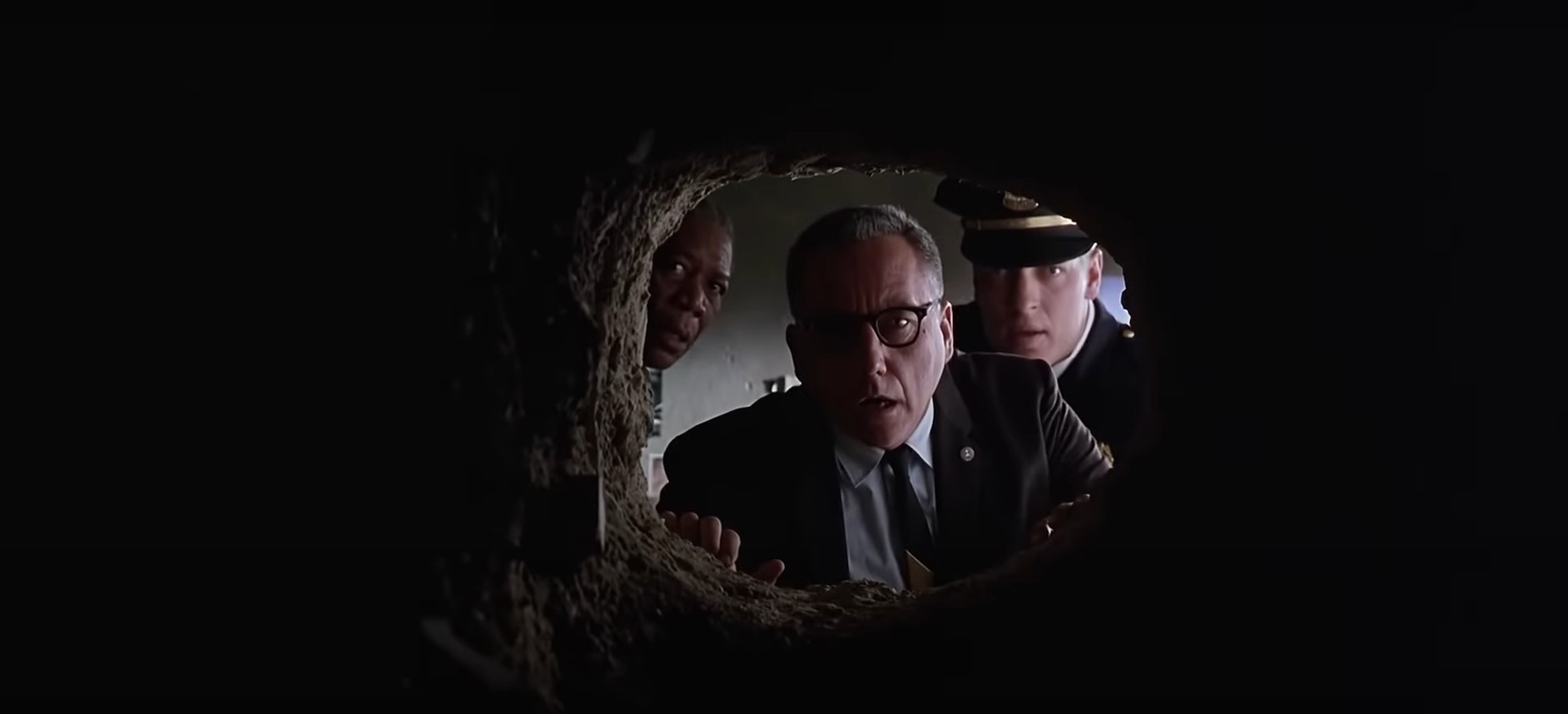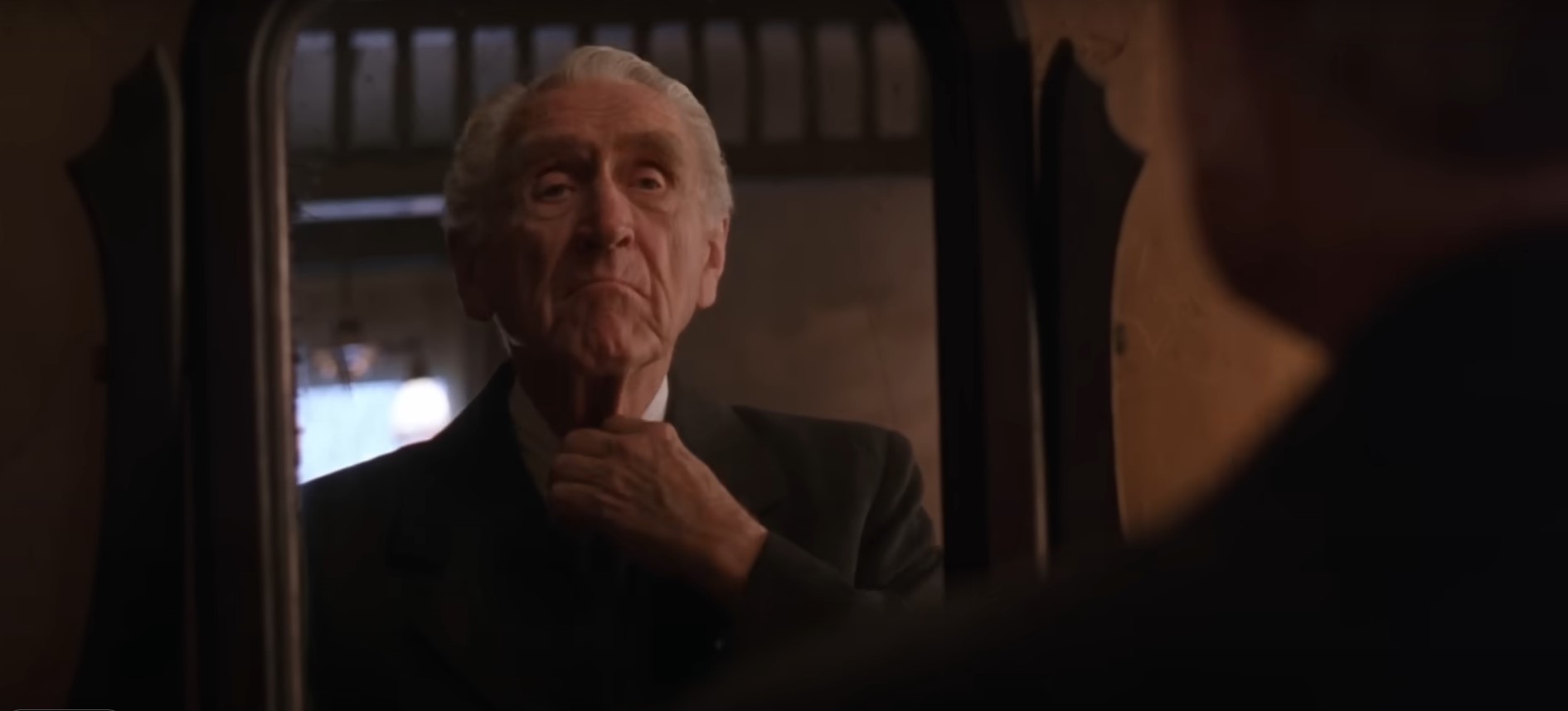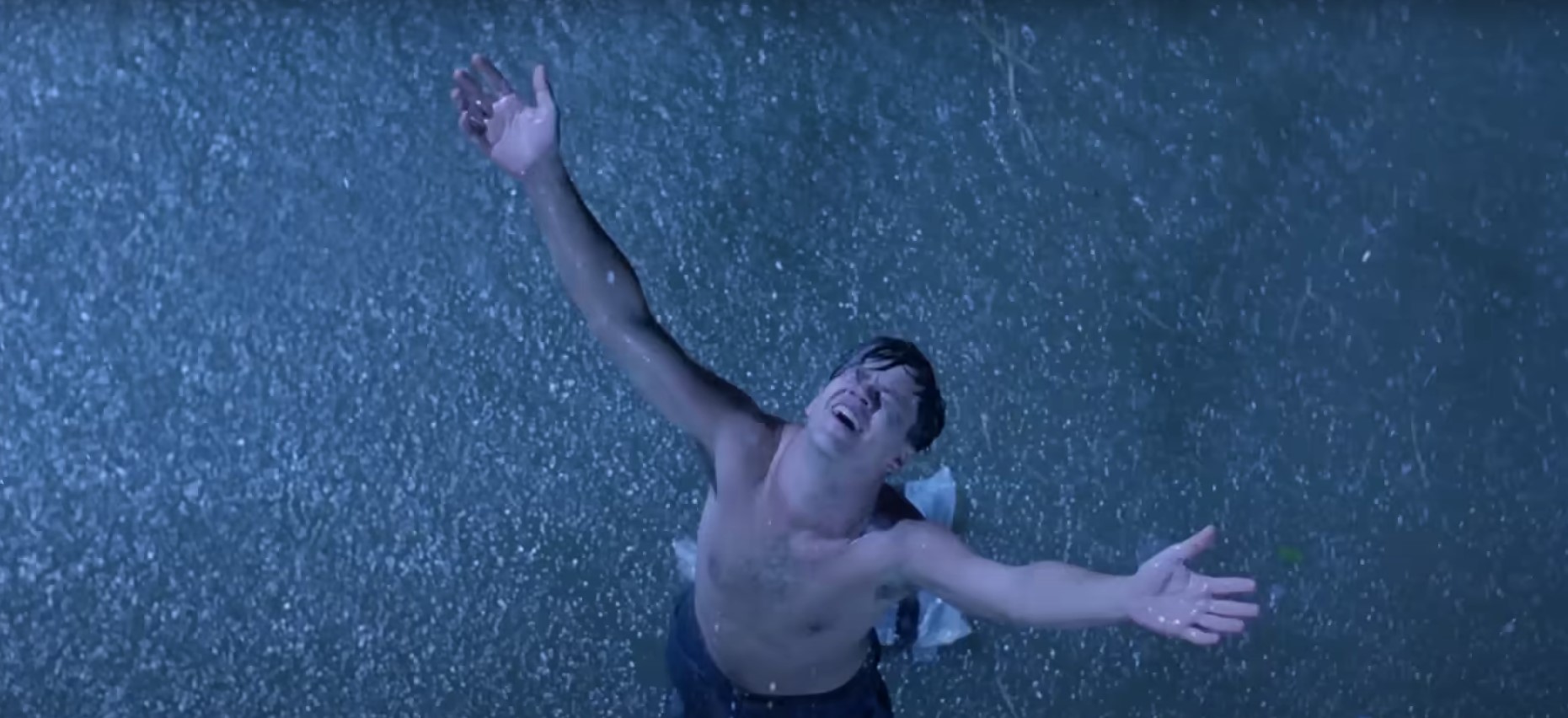People sometimes feel the emptiness and futility of life and question their identity and the meaning of life. The movie “The Shawshank Redemption” emphasizes the importance of hope and identity as answers to these questions. The movie’s story of Andy and Red shows how important it is to remain hopeful and take control of your life.
As people go through life, there are times when they feel the emptiness and futility of life. As we go about our day-to-day lives, we may question the value of our existence and the fundamental issues of “what am I living for?” and “who am I?” However, when you can’t find clear answers to these questions, or when you feel that the meaning of your life is metaphysical, you may feel a sense of emptiness and futility. We’ve all asked ourselves this question at one point or another. This question stems from the question of identity, “Who am I?” because without an established identity, the reason for living and the value of life become blurred. The movie “The Shawshank Redemption” offers hope as an answer to the question of identity and the value and reason for living.
‘The Shawshank Redemption’ is a 1994 film adapted and directed by Frank Darabont from Stephen King’s novel ‘Rita Hayworth and the Shawshank Redemption’. The film was nominated for seven Academy Awards that year (Best Picture, Adapted Screenplay, Best Actor, Cinematography, Editing, Music, and Sound Recording), but it didn’t win any of them, losing out to the same year’s contender, Forrest Gump. However, the movie is still considered a masterpiece and the authenticity of its message is still relevant 16 years later.

The movie conveys many messages, including the importance of friendship and hope, and the horrors of domestication, but the central message is the importance of hope and not losing it. This message is paradoxically expressed through the actions of Andy (Tim Robbins), who hopes for freedom in a prison where freedom is suppressed. He never lets go of hope and eventually succeeds in escaping from Shawshank Prison, but he hasn’t always been prepared for his freedom. Whether he regains his freedom through a legitimate trial or through the means of a prison break, it doesn’t matter. Andy simply held on to the hope that he would one day regain his freedom. It’s the actions he took with that hope that we should pay attention to. If he didn’t act on his hope, it would be greed, not hope. He rejects the passive identity of a prisoner who only does what he is forced to do, and takes the initiative to expand the scope of his identity by carving stone and advising funds. When he orders a stone carving hammer from Red, the general merchandiser, or tells Warden Hadley (Clancy Brown) how to get out of paying taxes, he is not premeditating his escape; he is simply shedding his passive identity. Andy’s actions have expanded the scope of his identity, and he’s just using the environment he’s created to his advantage in his escape. If Andy hadn’t ordered a hand hammer from Red with the intention of carving stone, he wouldn’t have realized that the wall was ripe for scraping, and if he hadn’t risked death to tell Hadley how to get out of paying taxes, he wouldn’t have been able to act as Shawshank’s unofficial accountant to thoroughly prepare a post-escape plan. All of this happened because Andy took action, and that action was fueled by the hope of freedom.

Brooke (James Whitmore), who was paroled after serving 40 years in the Shawshank, is a contrast to Andy, who acted with hope. As a librarian, Brooke dutifully does what he can at Shawshank, checking out and shelving books every day, but he doesn’t do it because he wants to, he does it because Shawshank’s society tells him to. Shawshank gave him appropriate work, his days went well, and he had no problem eating and sleeping. But Brooke wasn’t living, he was dying, day by day. He had become increasingly embodied as a functional part of Shawshank. The reason why Brooke, upon his parole, was so afraid and unable to fit in with society and chose to take his own life was because his identity was based solely on Shawshank. At first, the prison suppressed Brooke’s freedom, but as he lived with his passive identity, he eventually trapped himself in Shawshank. When Brooke is paroled and Shawshank, her confined space and protective shield, disappears, she loses her identity and is deeply afraid.
The contrasting stories of Andy and Brooke show that if one’s identity is passive, given to them by society, they can lose it when their circumstances change, and their very existence can become dangerous. On the other hand, if your identity is based on hopeful action, you can use any situation to your advantage. Living a hopeful and enterprising life is never easy. Andy wrote letters every day for years to get books from the city government, scratched walls every night with a small hand hammer for 20 years to create his own way out, and managed the warden’s black money for 20 years without pay. He had to work hard to reach his goal without losing hope, but it was the hope in his heart that kept him going through the hardships. We live somewhere between a life of complacency and going through the motions, and a life of hope and striving to reach our goals. In light of our situation, the character we need to pay close attention to is Red (Morgan Freeman), who is known as the Everything Man at Shawshank Prison.
Red is the general storekeeper at Shawshank and can get you anything you want. He has his own unique identity that sets him apart from the other inmates. But like Brooke, this identity as a general merchant is just a functional part of Shawshank’s society. Red has spent many years in Shawshank’s oppressive society and has only a vague idea of wanting to be free, but no hope in his heart. He is resistant to hope for fear of suffering for false hopes, but when he meets Andy, he begins to understand hope. When Red has been in prison for 20 or 30 years, at his parole interviews, he always says he is deeply remorseful and ready to rejoin society. But his eyes are vacant, he can’t focus on his evaluators, and he only smiles a forced smile. When hope began to sprout in his heart through Andy, unlike in previous interviews, his eyes had depth, he looked straight at the assessors, and his expression was one of conviction. Red has now found his life, whether it be in society outside or inside Shawshank. Just as Andy had escaped Shawshank, Red had escaped the Shawshank of his own mind, which had imprisoned him the moment he had hope. Red’s hopefulness doesn’t change much, as he becomes the one who takes control of his identity. But it’s no longer one of Shawshank’s prisoners who lives his life, but a Red who is truly sorry for his mistakes and wants to live his life on his own terms. Red is paroled and, like Brooke, he is afraid of society, but instead of giving up his life by committing suicide, he sets out on a journey of his own free will to find Andy, with the hope of meeting him.

The Shawshank represents the social realities that cause us to forget our identity, while at the same time, it represents the walls of our minds that cause us to settle for the reality we have. In Shawshank, before we can recognize that we are who we are, we are regulated and sometimes forced to do what we must do, accomplish, and not do in order to fulfill the roles of our given identities, such as being a student, an office worker, someone’s wife, or a husband. In addition, we become complacent in our stable lives, unable to find our own identity, and want to live the same way we have always lived or the way others live. Instead of living a life of hope and fulfilling goals, they are merely floating in a state of being shaped by the circumstances around them as time passes. Speaking about the difference between a life of passively functioning like a machine part and a life of shaping your own identity, Andy said “Get busy living, or get busy dying.” The movie says. To escape Shawshank with hope. To have hope and live the life you want to live, instead of settling and being led by others, by society, by a life that is not yours. Find your own “Jiju Ateneo,” as Andy realizes on the small Mexican island of Jiju Ateneo, where he fulfills his hopes. Andy’s letter to Red is simple, but it resonates with those who are lost and unable to find their identity. “Red, hope is a good thing, maybe the most precious thing, and it never goes away.” The question of why and what life is worth is the same as the question of identity: ”Who am I?” “The Shawshank Redemption” teaches us that the foundation of identity is in having hope. We hope that everyone can escape their own “Shawshank” and find their own Jifu Ateneo.
 I’m a blog writer. I want to write articles that touch people’s hearts. I love Coca-Cola, coffee, reading and traveling. I hope you find happiness through my writing.
I’m a blog writer. I want to write articles that touch people’s hearts. I love Coca-Cola, coffee, reading and traveling. I hope you find happiness through my writing.